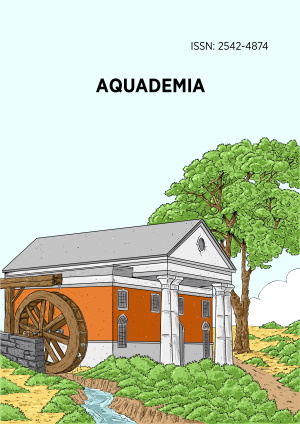Abstract
The aim of this study was to investigate the effects of different tillage practices on bulk density, and the hydraulic properties of a sandy loam soil of eastern Tunisia. A replicated randomized complete block design with treatments consisting of (i) no-tillage (NT), (ii) tillage with moldboard plow at three level depths (SM=15cm, MM=20cm and DM=25cm), (iii) and tillage with disc plow at three level depths (SD=15cm, MD=20cm and DD=25cm) practices established at the Higher Institute of Agricultural Sciences of Sousse; Tunisia was used for the study. The soil bulk density and saturated hydraulic conductivity were determined for each of the treatments. The bulk density (BD) was determined at the depths of 5, 15 and 25 cm while the saturated hydraulic conductivity was determined on the surface (0-10 cm) soil. Experimental results showed that all the tillage practices were significantly different in their effects on soil density and was in the descending order of NT>SD> MD>DD>SM>MM>DM. The soil bulk density decreased with the degree of soil manipulation during tillage practices, with NT having the highest (1.76; 1.86 and 1.81g cm-3) and DD having the least (1.60; 1.56 and 1.59g cm-3) respectively for 5, 15 and 25cm depths. The greater mean value of Ksat was found in DD while the lowest was found in NT with 36% reduction than DD. The research concluded that the best Tillage Practices to be adopted in terms of improvement in physical and hydraulic properties is Shallow tillage practice.
License
This is an open access article distributed under the Creative Commons Attribution License which permits unrestricted use, distribution, and reproduction in any medium, provided the original work is properly cited.
Article Type: Research Article
AQUADEMIA, Volume 3, Issue 1, 2019, Article No: ep19013
https://doi.org/10.21601/aquademia/9567
Publication date: 17 Jul 2019
Article Views: 2116
Article Downloads: 1335
Open Access References How to cite this article
 Full Text (PDF)
Full Text (PDF)